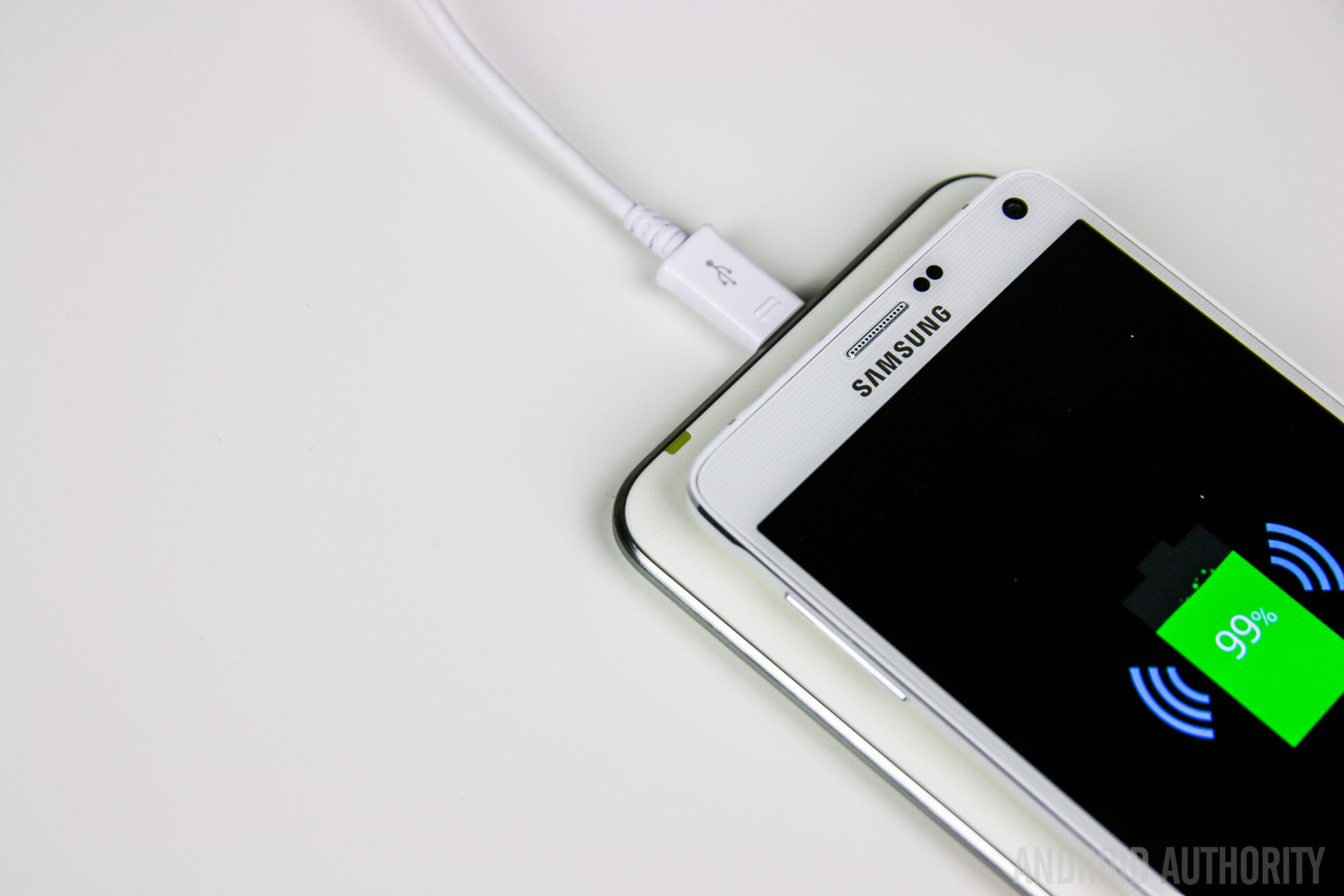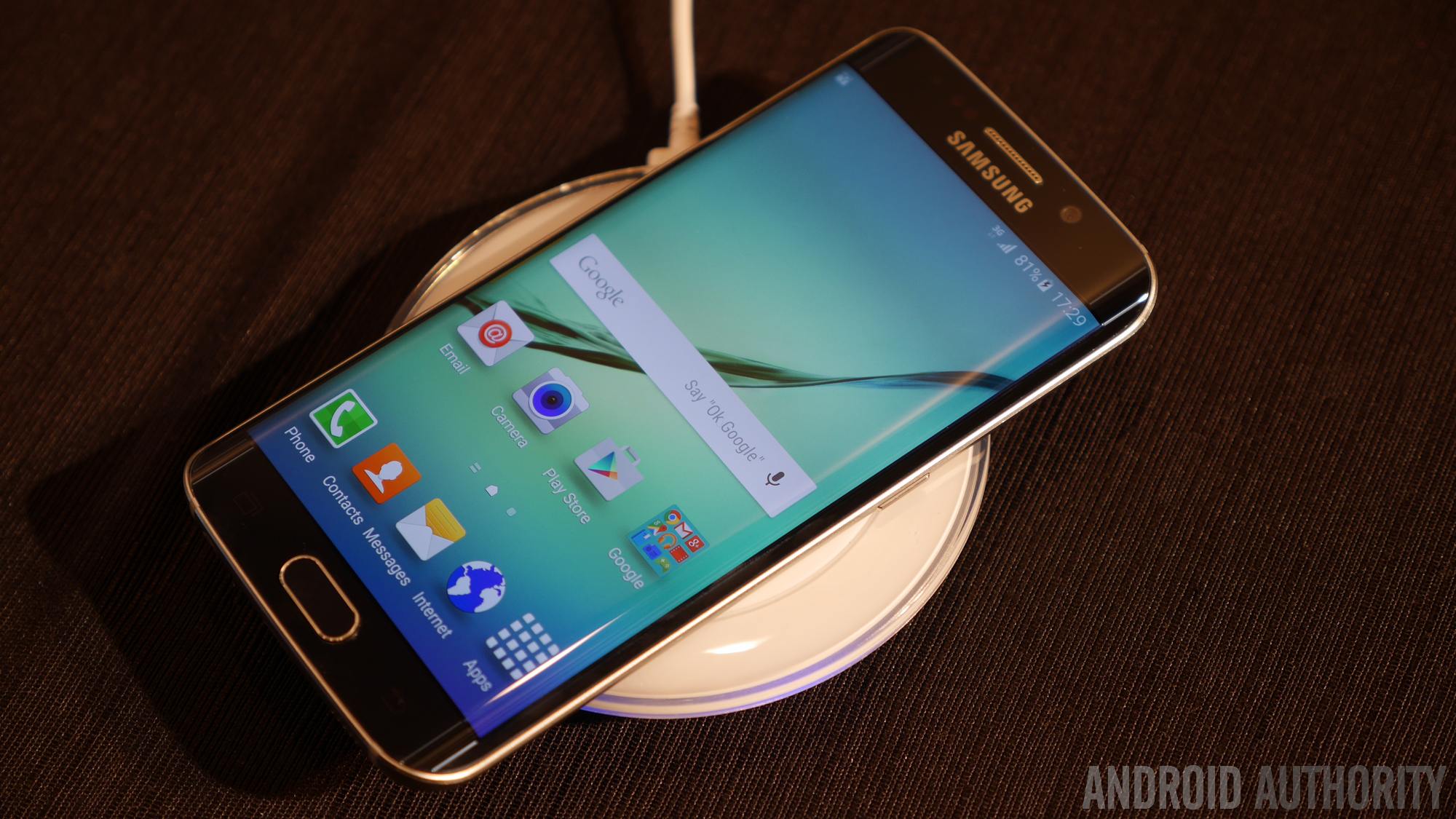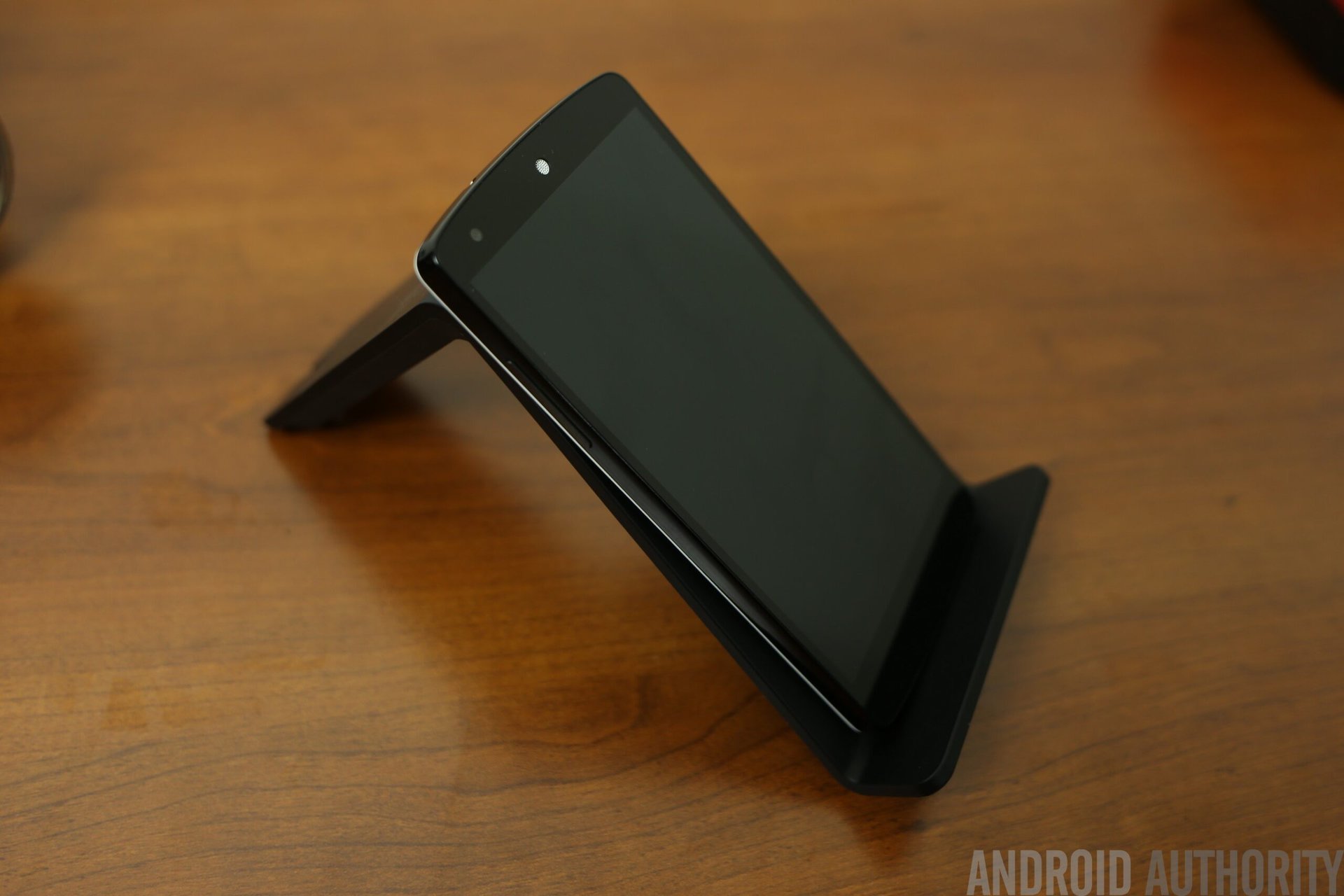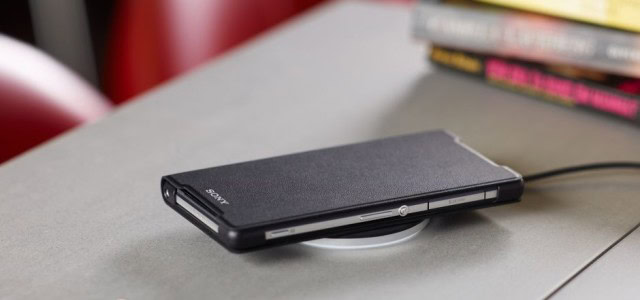Affiliate links on Android Authority may earn us a commission. Learn more.
A4WP and PMA merging in July - wireless charging is about to get much better
June 24, 2015

Wireless charging is something we have had available for years, which makes it rather upsetting to see it’s still something that hasn’t become ubiquitous. Companies and manufacturers can’t seem to agree on which technology to adopt. Even worse, some smartphone makers continue producing phones without any of the available standards integrated. It’s a mess!
A plethora of manufacturers, carriers and tech companies have gotten together to form alliances. These wireless charging fan clubs further push the adoption of this new feature. The problem here is that they are mostly still focusing on different technologies; the only difference is that now more people are involved.
The Wireless Power Consortium (WPC) has its own Qi standard. Meanwhile, the Power Matters Alliance (PMA) is all for a similar inductive charging solution, but it doesn’t work with Qi. Finally, there’s the Alliance for Wireless Power (A4WP), which is all about Rezence, its own resonance-based wireless charging solution.

What gives? Well, at least two of these main wireless charging advocates will be joining forces, which should make everyone’s efforts much more parallel. The PMA and A4WP have been talking about getting together for quite some time, and they approved the merger last June 1st. The joint companies should start collaborating starting July 1st, which is very soon.
What will this merger accomplish for wireless charging?
PMA and A4WP have been working on different standards for some time. The point of their merger is not really to kill one or the other. Instead, they want to create more awareness about their joint efforts so that manufacturers may support multiple solutions, simultaneously. This will translate into more gadget makers integrating more standards into their products, therefore making wireless charging much more ubiquitous.

Why even support multiple wireless charging technologies, you ask? Well, these all have their advantages and disadvantages. This makes them valuable on different levels, depending on the situation and use case scenario. Let’s go over some of them, just to help you understand.
Inductive charging
Inductive charging is the same technology found in Qi chargers (currently the most popular), but this specific solution is owned by the WPC. PMA has also been pushing its own inductive charging technology. In fact, PMA was adopted by many companies so it may work alongside Qi. Even Starbucks decided to go with PMA, so it’s not really a dead concept, even if Qi is the clear winner right now.
The benefit of inductive charging is that it powers up devices much faster than resonance-based charging, but that has its downsides. These inductive chargers can only charge one product at a time, and they have to be much closer in order to work properly. Less than 1 cm, to be exact.

Resonance charging
Resonance charging is the standard A4WP has been trying to push. Their specific branding is called Rezence, and it uses resonance to charge at longer distances of about 2 inches. It is definitely slower, but it also allows charging pads to power multiple devices at once. These chargers can even communicate with your devices and balance energy, making it a much more efficient solution. Fully-charged devices won’t be using up valuable energy, for example.
WattUp technology
Because this merger does include PMA, we felt it was necessary to include Energous, which is a company PMA has been working with recently. Energous’ WattUp technology can charge up to 12 devices as far as 15 feet from the transmitter!
This opens a whole new window of opportunities we didn’t even know existed. You could just leave your phone in your pocket and keep it all juiced up, without even thinking about it. WattUp only delivers 1W of charging power at 15 feet, though. You can get nearer and raise that number up to 4W. Impressive, right?
Long live wireless charging!
If all goes well, Qi won’t be the only one calling the shots in this industry. Our hopes are that the industry does adopt multiple of these standards, but we can only dream for now. It still looks like they are all trying to work things out.
But tell us, guys – which of these solutions is your favorite? I am really liking WattUp, to be honest. It can charge both fast and at a distance, all while keeping you comfortable and not having to worry about placing your device somewhere. Hit the comments and let us know what you think!

[related_videos title=”Related Videos” align=”center” type=”latest” videosnum=”8″]
Thank you for being part of our community. Read our Comment Policy before posting.